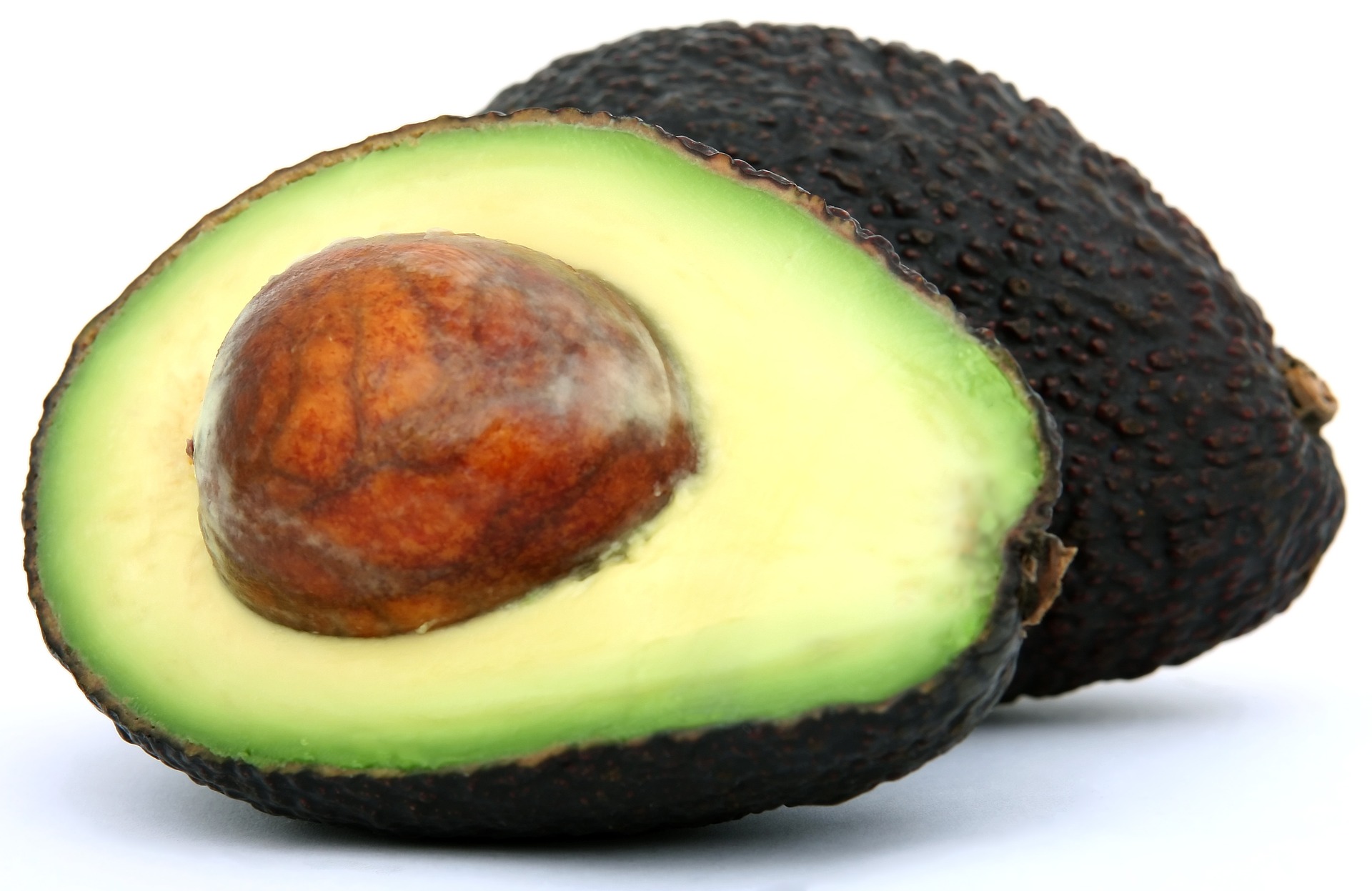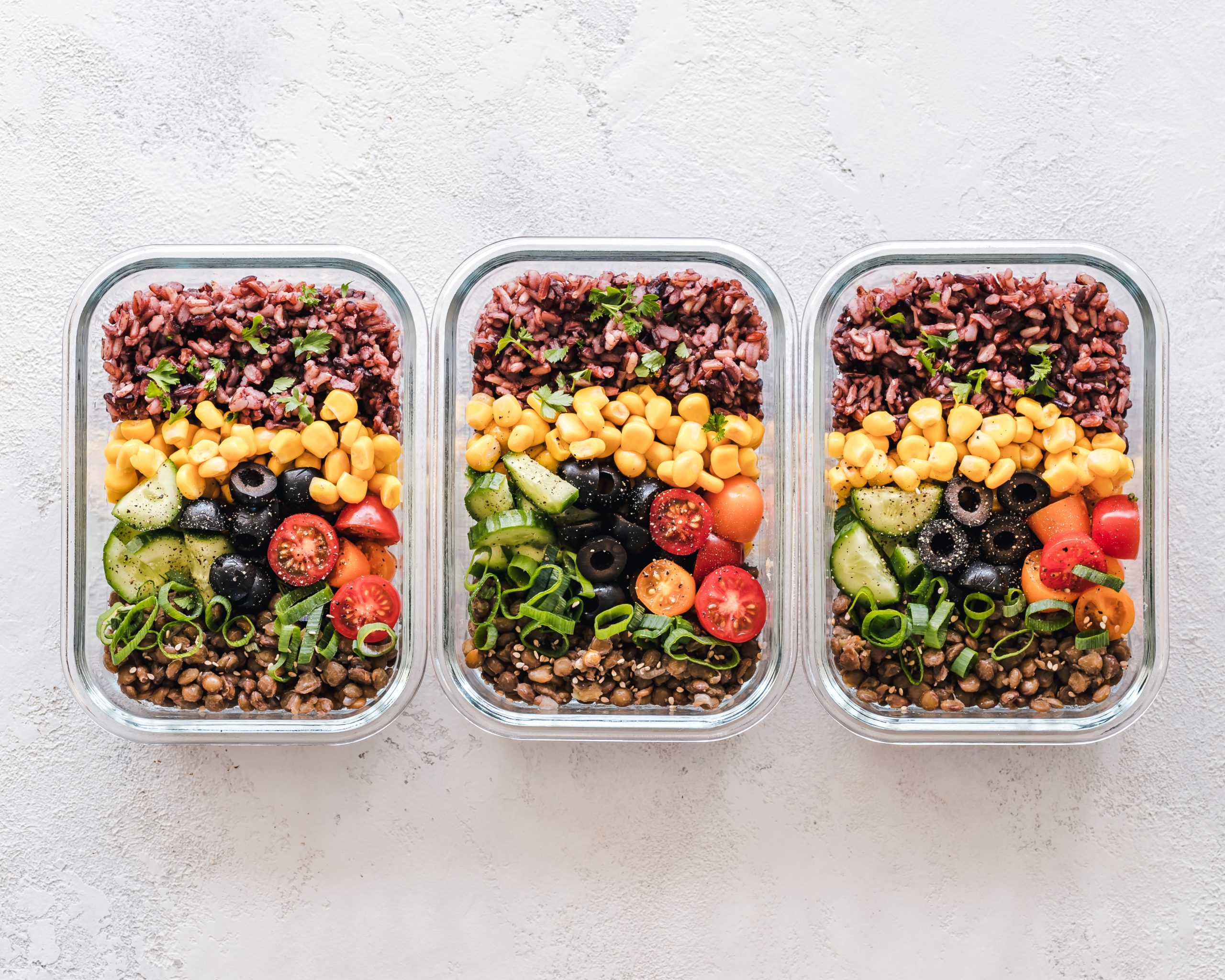Author: Anna Frinzi
The keto diet has been such a popular buzzword lately in the weight loss world. The ketogenic diet has a unique origin story and has turned into a style of eating that many people attempt to lose weight quickly and easily. Read on to find out more about the keto diet and discover what this trend is all about.
What is the Keto Diet?
We have all heard the word keto and how effective it can be for weight loss. The keto meal plan encourages a diet high in fats and proteins and very low in carbohydrates, typically with fewer than 20-50 grams of carbs per day. Depriving your body of carbs is the key to this diet, as this will eventually help your body reach a state of “ketosis” where your body changes its fuel source to fat, which can help with increasing weight loss. The new fuel source relies on ketone bodies, which is a type of fuel that the liver produces from fat storage. Another important item to note is that this process looks different for everyone, and certain people may need a more restrictive diet than others to reach this state of ketosis.
Where Did This Extreme Diet Come From?
Interestingly enough, this diet’s origin began in the 1920s where it was first created to treat epilepsy (Barañano). It was discovered that fasting had antiseizure properties and this high fat/low carb diet was thought to simulate the metabolic effects of starvation by forcing the body to use primarily fat as its fuel source (Barañano). When newer treatments and medicines were developed for treating seizures, this way of eating fell out of popularity. In recent years, the ketogenic diet has returned with a vengeance to the weight loss industry.
When considering the keto diet, be sure to get these 5 things right in order to follow this style of eating:
1. Achieve a state of ketosis
Ketosis is a state where your body uses fat as its primary fuel burning source, rather than carbs. After a few days of fasting or drastically reducing your carb intake to under 20 grams, your body starts searching for an alternative fuel source, such as fat (Paoli). To compare, a banana has about 27 grams of carbs and 50 grams of crabs is less than 4 slices of bread per day. This state of ketosis can be difficult to reach as reducing carb intake that severely without any support is a challenging feat. Research has found that having these periods of low carb may help to reduce hunger and improve the fat metabolism, thereby reducing body weight (Paoli). If you decide to attempt to reach this fat burning state, Noom can offer support and guidance for you with its state of the art food logging system and coach accountability.
2. Follow a keto meal plan
Achieving this ketogenic diet may seem challenging and you may be wondering what a meal plan would look like while following this strict eating method. It is essential to create a menu that has less than 50 grams of total carbs each day. This keto meal plan is rich in fats and proteins and extremely low in carbohydrates. Some keto guidelines are to avoid foods rich in carbs such as bread and baked goods, sweets and sugary foods, sweetened beverages, pastas, grains, starchy vegetables, beans and legumes, high-carb sauces, and certain alcoholic beverages. The following foods should be completely eliminated: unhealthy fats, processed foods, and diet foods such as any foods with artificial colors, preservatives and sweeteners. Foods that are encouraged are the following: eggs, poultry, fatty fish, meat, full-fat dairy, full-fat cheese, nuts and seeds, nut butter, healthy fats, avocados, non-starchy vegetables, salt, pepper, vinegar, lemon juice, fresh herbs and spices. To see an example of what a meal plan could look like on this diet, check this link out for a one week sample menu of an easy keto diet.
3. Consider the potential side effects of the keto diet
Since the keto diet was originally created for the treatment of epilepsy and other neurological diseases, there can be certain side effects that occur when following this meal plan. Be sure to note any effects you may experience, such as headaches, constipation, fatigue, vomiting, mood swings, fuzzy thinking, bad breath, etc. These side effects have been referred to as the “keto flu” and should be monitored closely with anyone attempting this style of eating. Due to the keto diet’s high fat intake and restrictive eating plan, other risks include developing a nutrient deficiency, and liver and kidney problems. With the keto diet, be sure to take these precautions into consideration and determine if this feels reasonable for you to follow. When embarking on any type of diet, be sure to consult your doctor or medical professional for their recommendations particularly with ensuring adequate nutrient intake for your individual needs.
4. Understand different types of keto diets
When considering the keto diet plan, it is important to note that there are several versions. There is the standard ketogenic diet (SKD), which is a very low carb, moderate protein, and high fat diet. It typically contains 75% fat, 20% protein, and only 5% carbs in its eating plan (Mawer). Another version is the cyclical ketogenic diet (CKD), which involves periods of high carbs rotating with ketogenic days (Mawer). The targeted ketogenic diet (TKD) is another type that allows you to add carbs around specific workouts. The last one that will be mentioned here is the high protein ketogenic diet, which is similar to the SKD but with a higher ratio of protein in its eating plan (Mawer). The ratio is typically 60% fat, 35% protein and 5% carbs (Mawer). Each body is unique and it is essential to consider your goals when choosing a ketogenic diet. Studies are limited on some of these versions of the keto diet thus it is encouraged to do your own thorough research and consult a medical professional before starting any of these diet plans.
5. Consider sustainability
Scientific research has shown that following the easy keto meal plan has direct links to weight loss, but is this way of eating sustainable? The ketogenic diet may be doable temporarily for losing weight, however it is worth considering the reality of this restrictive way of eating for the long term. How doable is this diet in the long run? With developing a plan for weight loss, it may be helpful to check out Noom’s 2-week trial for a sustainable way to achieve your weight loss goals. With Noom, you receive two different styles of coaching, food logging, exercise tracking, daily content with psychological tips and tricks that are all meant to guide you to your super goal. The two types of coaching include a coach referred to as your goal specialist, who works with you on an individual basis in order to achieve your unique goals. With that, you will also receive a group coach who leads a group of Noomers on a similar journey. In combination with the one on one coaching, this creates a strong sense of community, support, motivation, accountability, and dedication to reaching a healthier you and losing that weight for good.









